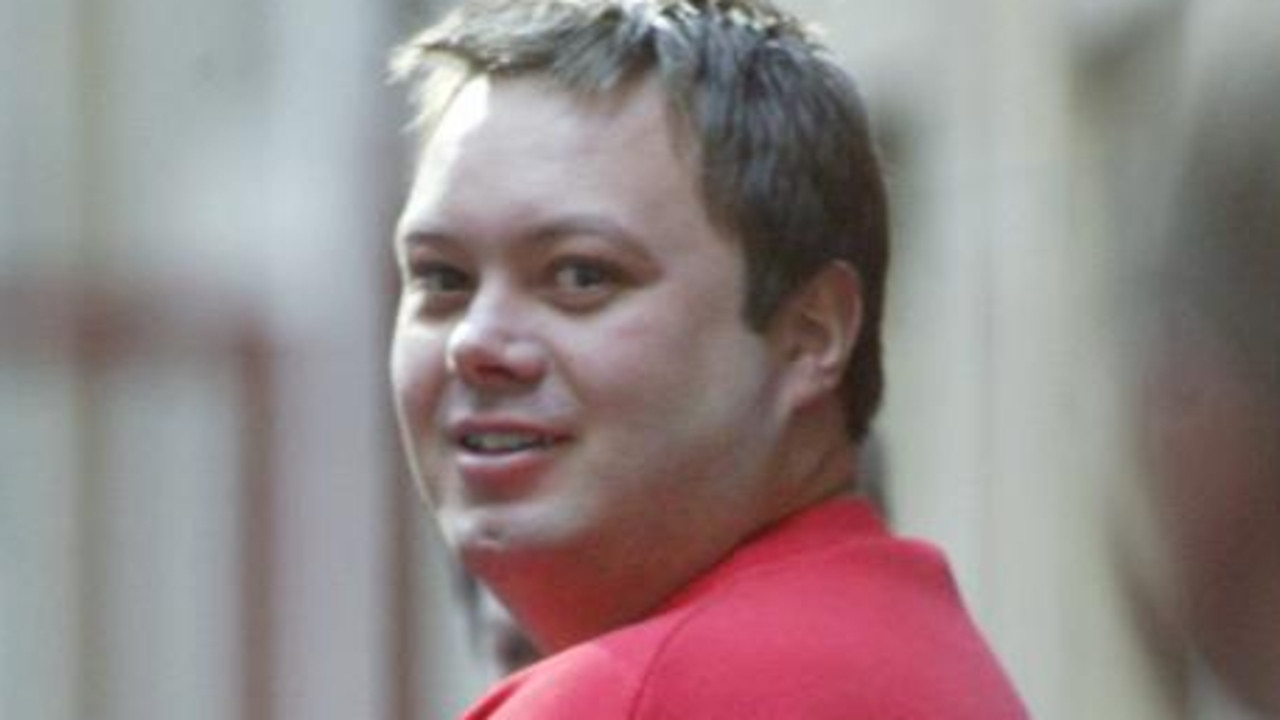Six times Australian justice got it wrong
EVERYONE’S heard of Lindy Chamberlain, but what about the two men jailed over deaths a notorious serial killer had confessed to, or another hanged on faulty forensic evidence? When Australian courts mess up it can take years to right the wrong.
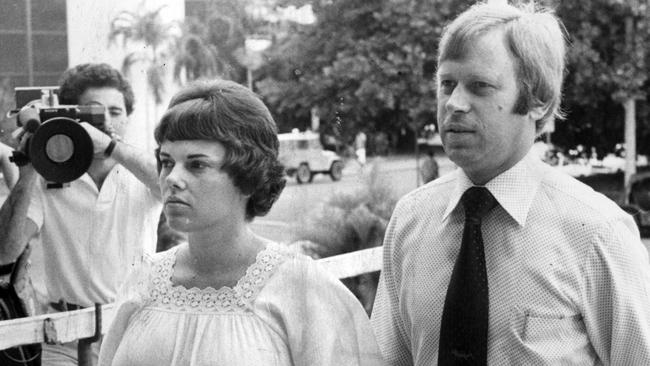
Our Criminal History
Don't miss out on the headlines from Our Criminal History. Followed categories will be added to My News.
TWO were jailed over deaths a notorious serial killer confessed to, another was sent to the gallows on faulty forensic evidence.
These six cases prove justice isn’t always done — and when Australian courts mess up it can take years to right the wrong.
COLIN ROSS
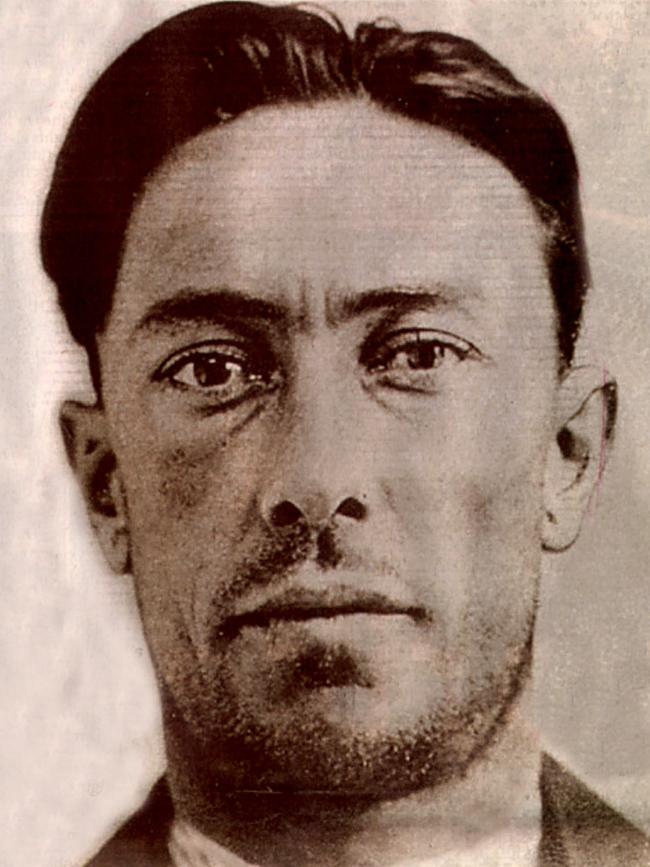
The unfortunate Colin Ross was convicted after a forensic comparison of hair was used as evidence in an Australian court for the first time in 1922.
A government chemist testified that hairs found at his home matched a sample from 12-year-old Alma Tirtschke, whose body had been found in an old Melbourne lane called Gun Alley on New Year’s Eve. The youngster had been raped and murdered while running an errand.
Last Woman Hanged: Grisly tales from the gallows revealed
Despite witnesses stating they had seen Ross elsewhere at the time of the murder, he was found guilty and hanged at the Old Melbourne Jail on April 24 1922, aged 29.
But that was not the end of the case. Many years later, Kevin Morgan, then a librarian at the National Gallery of Victoria, began researching the murder and trial, eventually publishing a book, Gun Alley: Murder, Lies and Failure of Justice, which raised serious concerns about the conviction.
Modern testing of the hairs that were critical to the case found they did not belong to Alma and an inquiry by Supreme Court judges Bernard Teague, Phil Cummins and John Coldrey found Ross was the victim of a miscarriage of justice. In 2008, Victoria’s Governor David de Kretser signed a posthumous pardon.
DARRYL BEAMISH
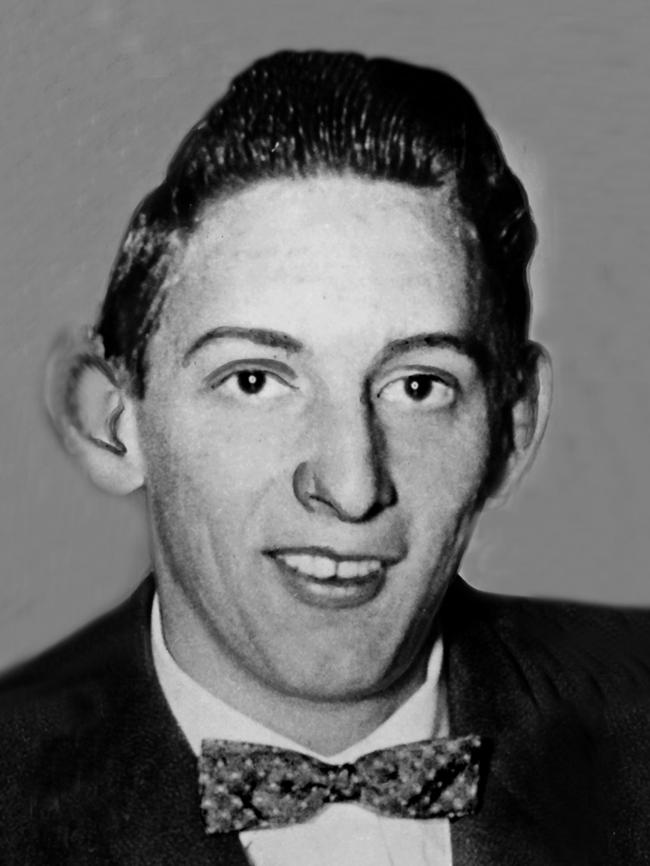
Perth man Darryl Beamish was just 18 when 22-year-old socialite and MacRobertson’s chocolate heiress Jillian MacPherson Brewer was slain in her Cottesloe flat in 1959. During his 1961 trial, police said the deaf-mute defendant had made four confessions, but Beamish said they were untrue and obtained through intimidation and threats.
Found guilty, he was originally sentenced to hang, but the sentence was commuted to life imprisonment, and he eventually spent 15 years in prison.

In 2005, after his sixth appeal, the Court of Criminal Appeal overturned his conviction citing a “substantial miscarriage of justice”, with Justices Christopher Steytler, Christine Wheeler and Carmel McLure accepting a 1964 gallows confession to the murder by notorious serial killer Eric Edgar Cooke.
A statement from Beamish read: “All I ever wanted was truth and justice. I have just wanted everyone to know for sure that I did not kill anyone. Now they know.”
Picture special: Policing in the ’60s
In 2001, Beamish, then 69, was granted a $425,000 ex gratia payment by the WA government “to express the state’s sincere regret for what occurred and provide him with a measure of comfort and financial security in his retirement”.
Bizarrely, another man — teenager John Button — was wrongly convicted of another killing by Cooke in Western Australia.
Button, who was convicted over the 1963 hit-and-run death of his 17-year-old girlfriend Rosemary Anderson, served five years of a 10-year sentence for manslaughter and spent 40 years trying to clear his name before the conviction was finally quashed in 2002. Cooke had repeatedly confessed to the killing, including on the day he was hanged.
Button was granted a $460,000 ex gratia payment in 2003, but said: “There is not enough money in this state to pay what is really owed for taking away a person’s whole life. How can you pay that back?”
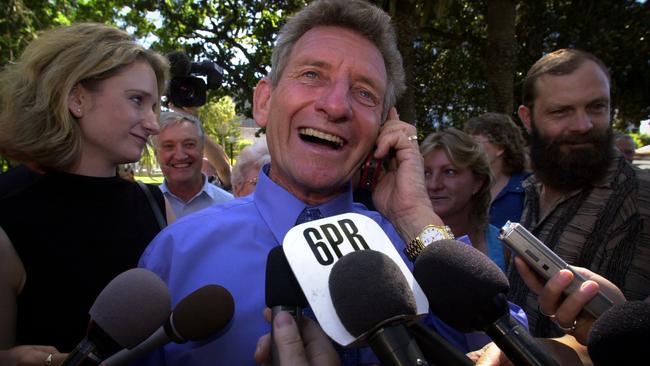
ALEXANDER MCLEOD-LINDSAY
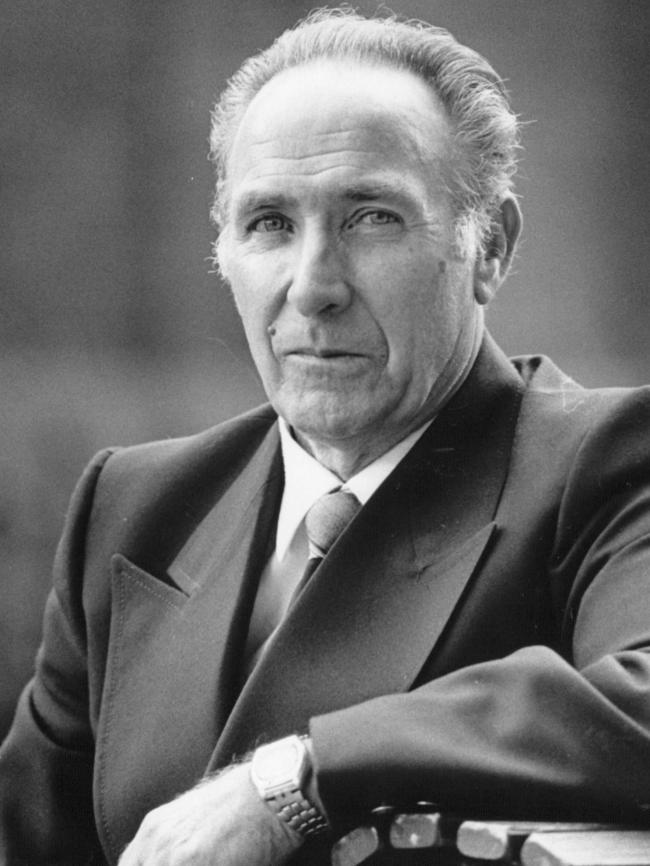
When Scottish born Alexander McLeod-Lindsay arrived home from work and found his wife and son severely beaten it was just the start of a legal nightmare that would not see him exonerated for 30 years.
It was 1964 when he discovered the injured pair at their home in Sylvania, Sydney.
After calling for help he cradled his badly injured wife — unwittingly getting blood on his jacket that would be taken as evidence that he was actually the attacker.
He was charged with attempted murder of his wife and the assault on his son — and despite the testimony of wife Pamela that she had heard an Australian voice, not her husband’s Scottish accent, before being attacked, he was found guilty.
Forensics: How the CSIRO turned CSI and solved a double murder
Sentenced to 18 years, he was paroled in 1973 and dropped the ‘McLeod’ from his surname. He maintained his innocence throughout, but it took until 1991 and a second review of his case to throw substantial doubt on his guilt.
Reports from five forensic experts challenged evidence by the two Crown experts in the initial case regarding the origin of the bloodstains. The inquiry also heard there were new doubts about the time of the attack, tending “to give Mr Lindsay a strong alibi”.
Lindsay was subsequently pardoned and in 1994 the conviction was quashed.
The NSW Government agreed compensation for Lindsay in a confidential deal.
LINDY CHAMBERLAIN
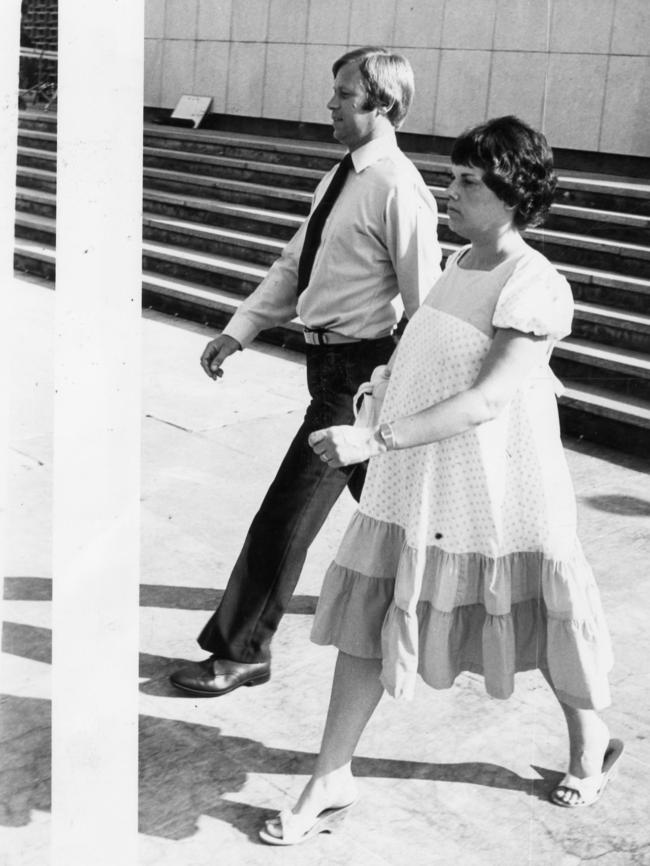
The prosecution case was that Lindy Chamberlain had taken her baby daughter Azaria to the family’s Holden Torana car and slit her throat.
The scientific evidence laid out for the jury seemed compelling: foetal blood found in the car, a bloody handprint on the baby’s clothing; testimony that the clothing had been cut.
But none of it was true — the “blood spray” under the dashboard was a common sound deadener used by Holden; the handprint — if it even was one — was explained away as red ochre sand, not blood; and a textile expert said the damage to the baby’s jumpsuit was unlikely to have been done with scissors, but was highly likely to have been caused by a canine.
Our criminal history: How book plot inspired outback killings
Lindy Chamberlain was found guilty in 1982 of murdering her nine-week-old daughter at an Ayers Rock camping ground, two years earlier. Her husband Michael was found guilty of being an accessory after the fact.
It wasn’t until 1986 that a baby’s matinee jacket was found near a dingo den near Ayers Rock, supporting Lindy’s consistent claims that a dingo had taken Azaria from the family tent, and she was released from jail.
New light was then shed on the forensic evidence that had seemed so damning in a lengthy Royal Commission, the findings of which saw Lindy and Michael immediately pardoned.
The convictions were finally quashed in September 1988, and the Northern Territory Government later paid the couple, who divorced in 1991, $1.3 million in compensation.
But the fight for justice continued until 2012, when an inquest formally recorded the cause of Azaria’s death as being taken by a dingo.

Coroner Elizabeth Morris said there was no other case in Australia like that of Azaria Chamberlain.
“I am satisfied that the evidence is sufficiently adequate, clear, cogent and exact and that the evidence excludes all other reasonable possibilities, to find that what occurred on August 17, 1980 was that shortly after Mrs Chamberlain placed Azaria in the tent, a dingo or dingoes entered the tent, took Azaria and carried and dragged her from the immediate area,” she said.
ANDREW MALLARD
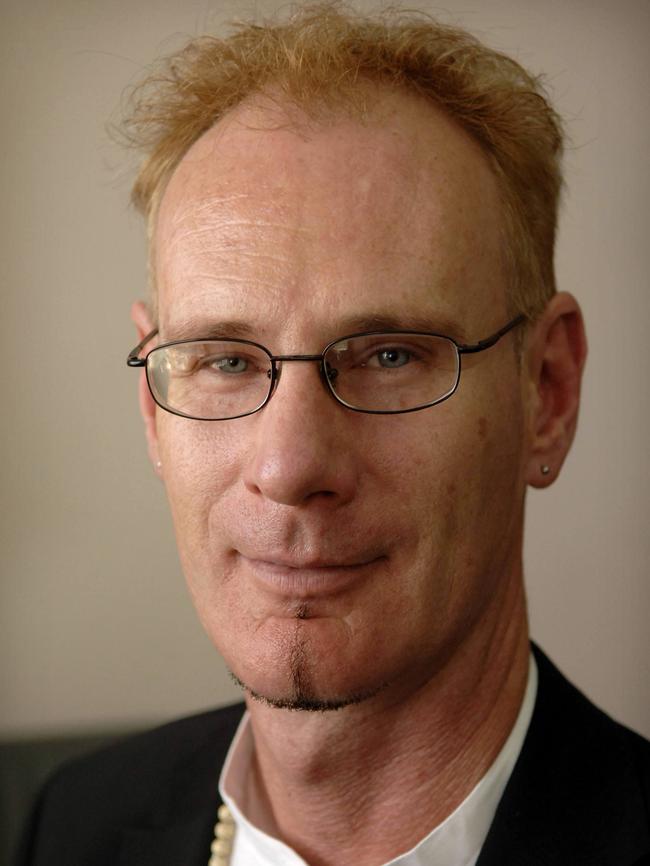
Andrew Mallard spent more than 12 years in jail after being wrongly convicted in 1995 and sentenced to life for the murder of Perth jeweller Pamela Lawrence at her shop the previous year.
Two appeals failed before an appeal to the High Court in 2005 resulted in the conviction being quashed and a retrial ordered. He was released from jail in February 2006 after the DPP decided not to proceed, and a cold-case review officially cleared him later that year.
Mallard was convicted on the basis of confessions secured in doubtful circumstances and after crucial evidence, including witness statements, was withheld from the defence.
Follow: True Crime Australia on Facebook and Twitter
The cold case review of the Lawrence murder found a palm print left at the crime scene belonged to Simon Rochford, who was already in jail over another killing.
Rochford committed suicide after learning he was a suspect in the Lawrence case.
Mallard accepted a $3.25 million ex gratia payment from the WA Government and his case was the subject of a Corruption and Crime Commission inquiry.
In 2010, Mrs Lawrence’s daughter Katie Kingdon told the ABC’s Australian Story: “I really want people to know that my family believe Andrew’s innocent, 100 per cent, and we have nothing but regret for what he’s been put through.”
Originally published as Six times Australian justice got it wrong

